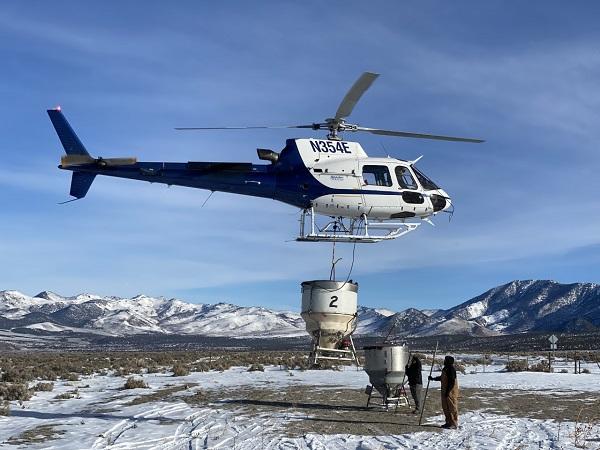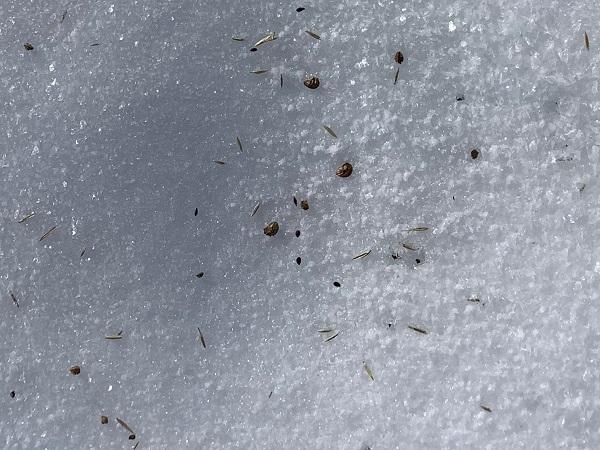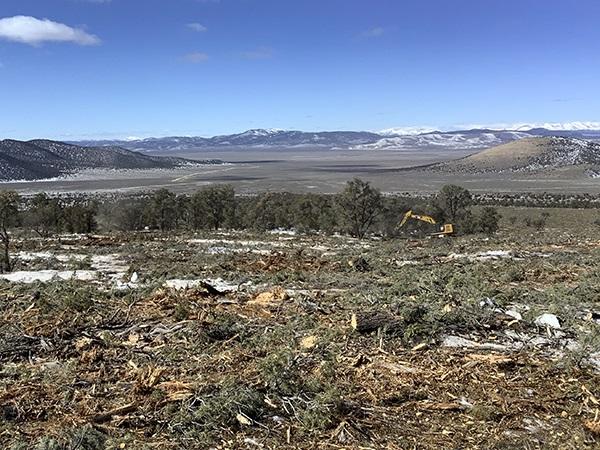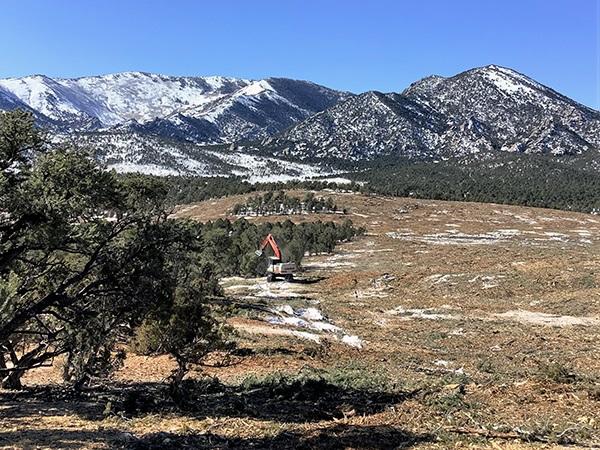Related Stories
- Progress on Public Lands: BLM 2025 Trump Administration Accomplishments | January 20 - December 31, 2025
- Popular posts: BLM's most viewed blogs of 2025
- Rural wildland firefighting partners grateful for BLM gift
- BLM Fire Team brings Smokey Bear to Kingman’s Street of Lights
- Using science to uncover mysteries of the Mesa archaeological site in Alaska




